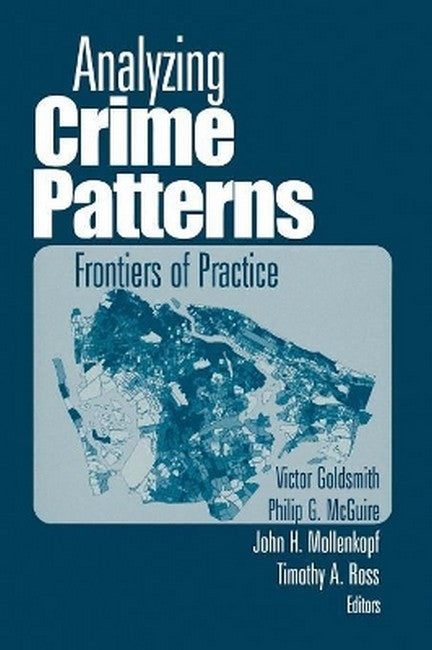PART ONE: INTRODUCTION: OPERATIONAL IMPERATIVES AND INTELLECTUAL CAUTIONARY TALES Using a Geographic Information System for Tactical Crime Analysis - Philip Canter The NYPD COMPSTAT Process - Philip G McGuire Mapping for Analysis, Evaluation and Accountability Filter, Fears and Photos - Keith Harries Speculations and Explorations in the Geography of Crime The Spatial Analysis of Crime - Charles Swartz What Social Scientists Have Learned PART TWO: ANALYZING CRIME HOT SPOTS IN NEW YORK Finding Crime Hot Spots through Repeat Address Mapping - John E Eck, Jeffrey Gersh and Charlene Taylor Exploratory Data Analysis of Crime Patterns - Sanjoy Chakravorty and William V Pelfrey Preliminary Findings from the Bronx Identifying Crime Hot Spots Using Kernel Smoothing - Sara McLafferty, Doug Williamson and Philip G McGuire The Utility of Standard Deviation Ellipses for Evaluating Hot Spots - Robert H Langworthy and Eric S Jefferis PART THREE: CRIME AND FACILITIES Crime, Space and Place - Thomas Kamber, John H Mollenkopf and Timothy A Ross An Analysis of Crime Patterns in Brooklyn Crime in Public Housing - Jeffrey Fagan and Garth Davies Two-Way Diffusion Effects in Surrounding Neighborhoods The Bronx and Chicago - Carolyn Rebecca Block and Richard Block Street Robbery in the Environs of Rapid Transit Stations Schools and Crime - Dennis W Roncek PART FOUR: TOOLS FOR SPATIAL ANALYSIS Evaluating Statistical Software for Analyzing Crime Patterns and Trends - Victor Goldsmith et al

